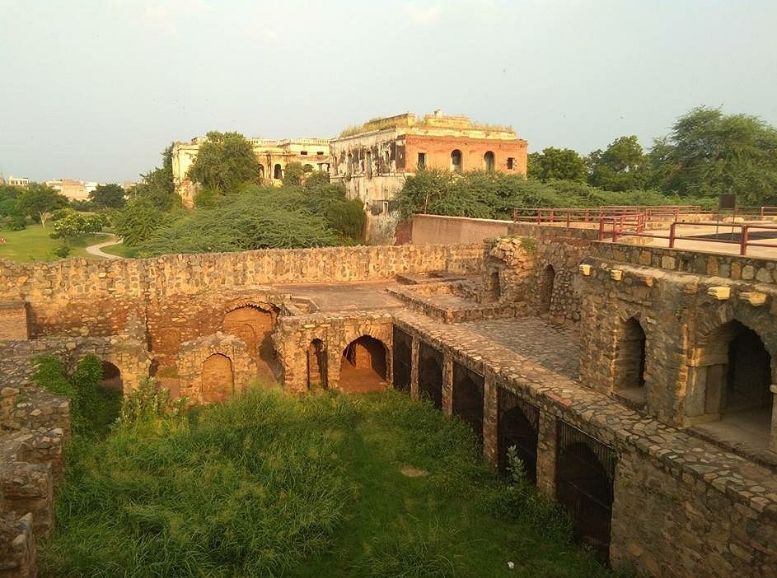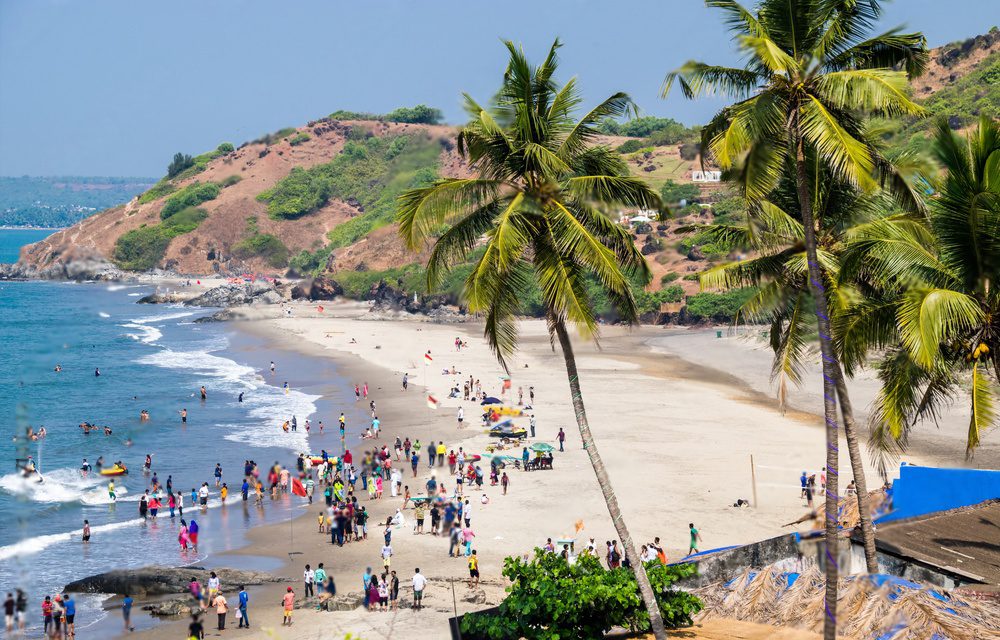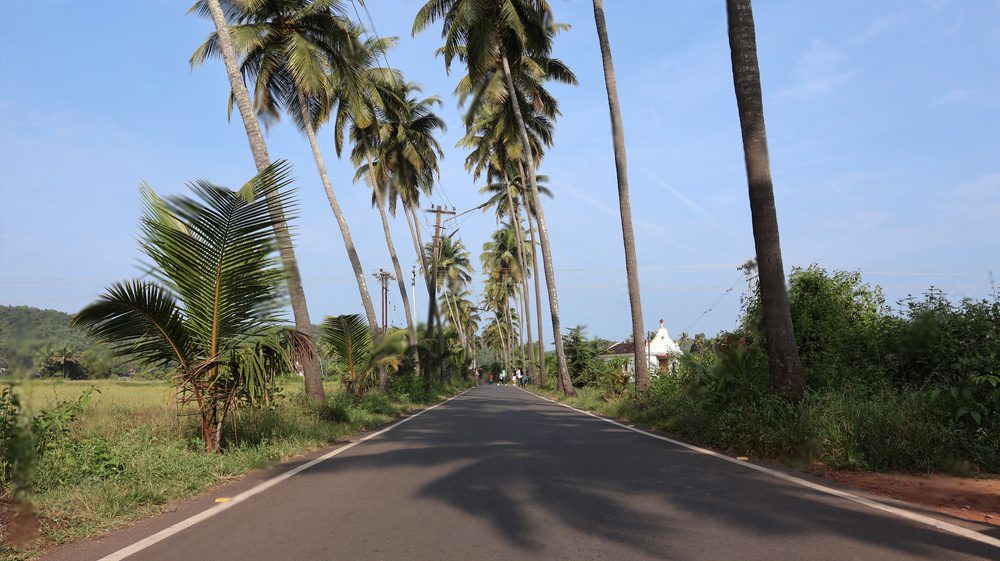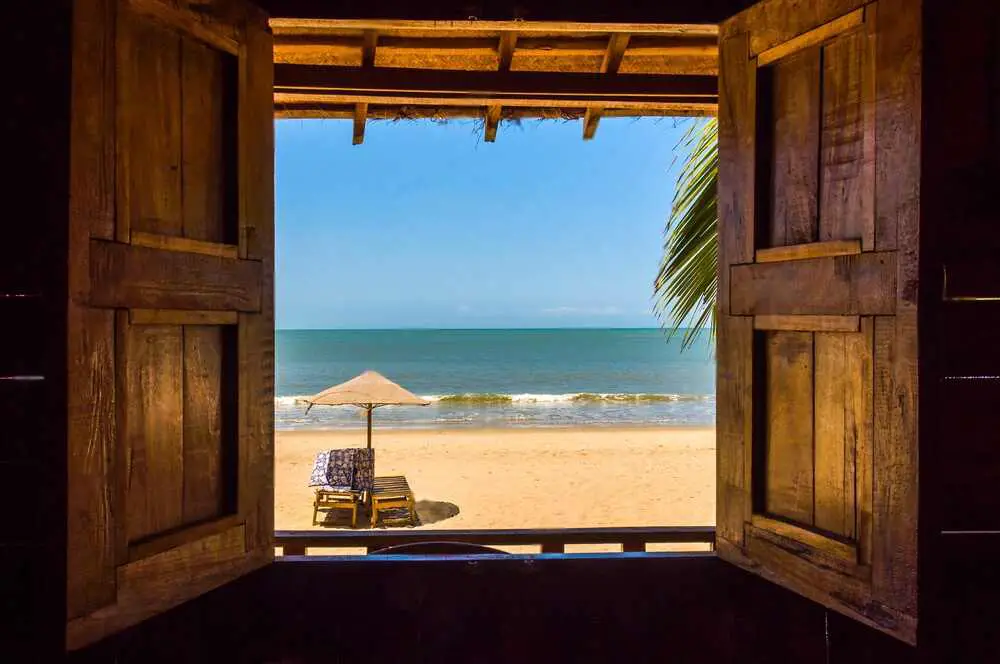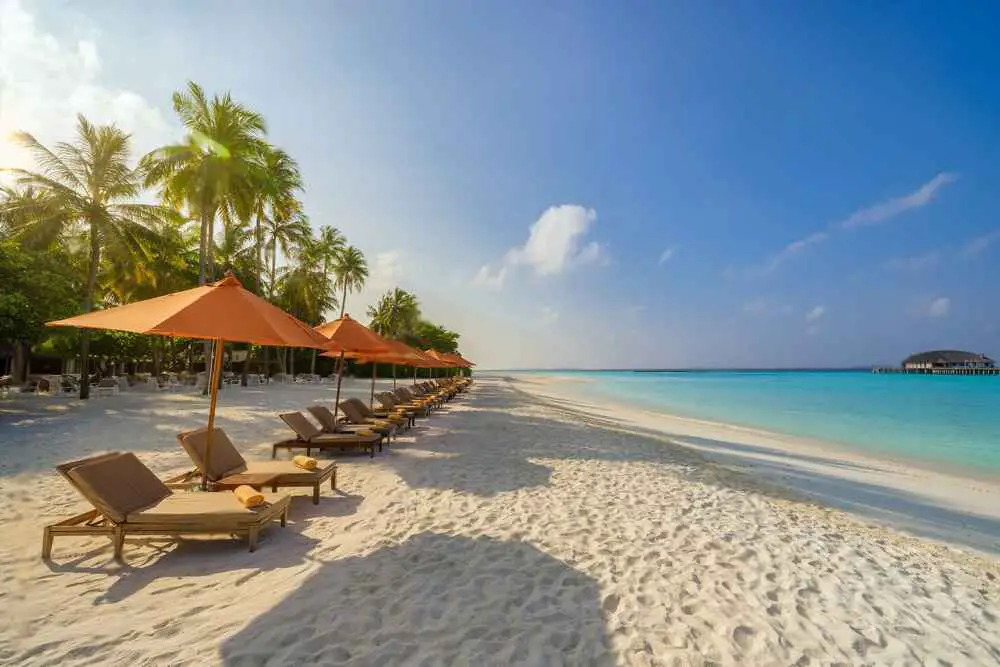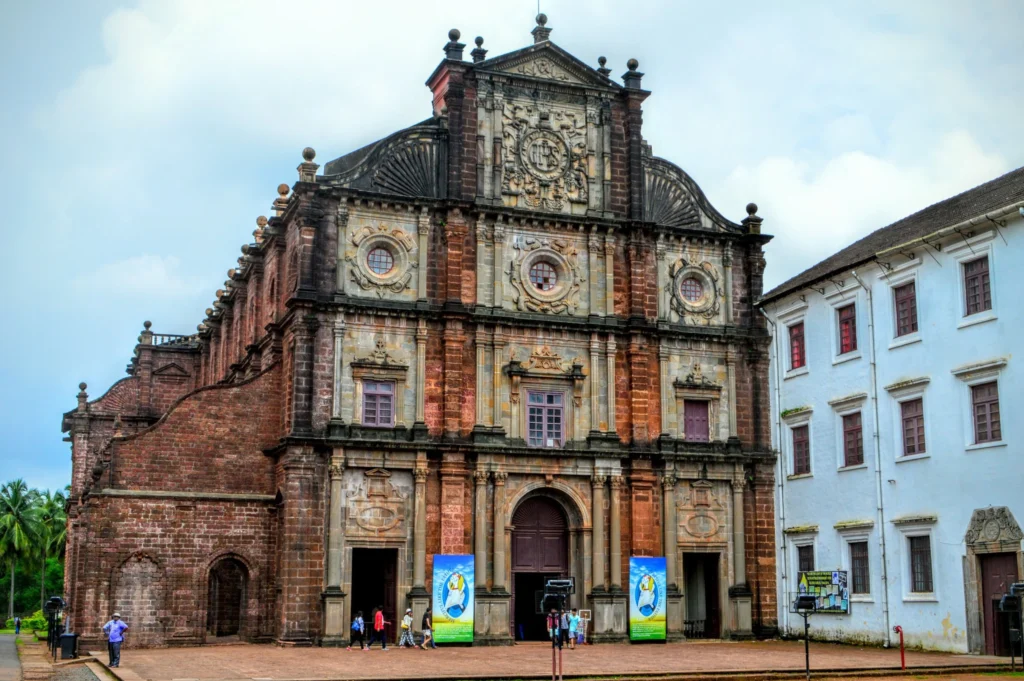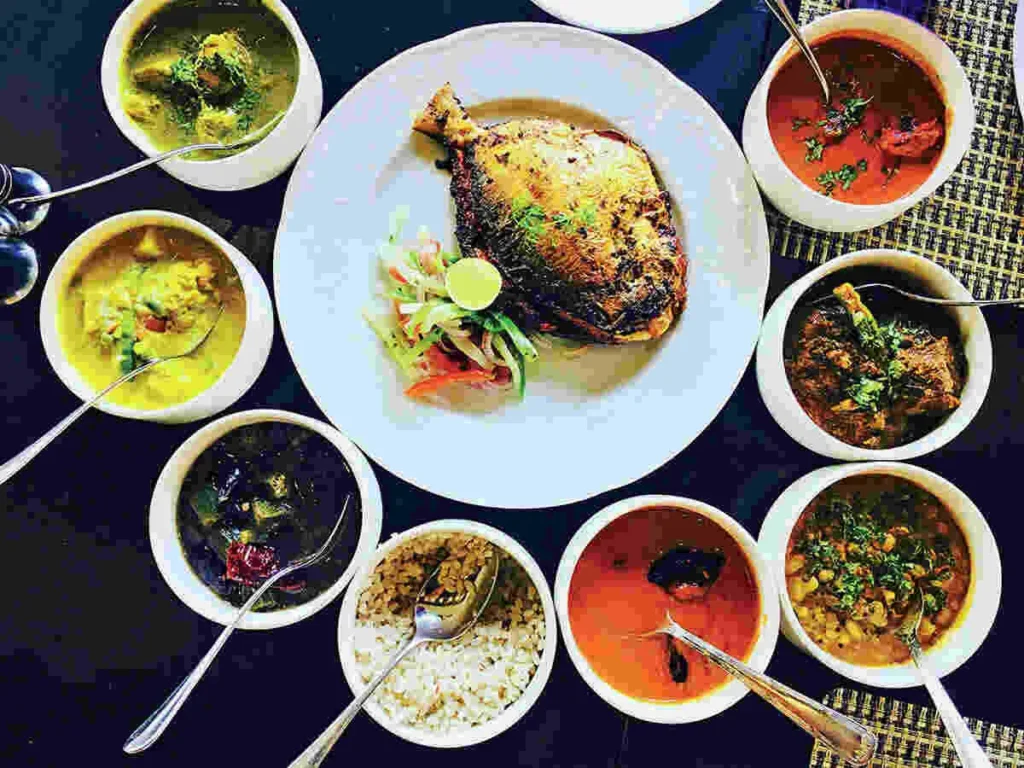Hissar’s heart boasts a jewel – the Firoz Shah Palace Complex. This majestic structure beckons you on a historical odyssey. Transcend time as you step within its grand walls. Echoes of bygone eras whisper through the magnificent halls and intricately adorned corridors. Each footfall transports you to a realm of regal opulence and cultural grandeur, where kings held court and empires thrived.
Steeped in 14th-century history, the Firoz Shah Palace Complex, also known as “Hisar-e-Firoza,” owes its origins to Sultan Firoz Shah Tughlaq‘s reign. Crafted with meticulous precision and adorned with exquisite artistry, the complex served a dual purpose – a royal residence and an administrative center. It stands as a testament to the power and prestige of the Tughlaq dynasty.
How to reach:
Road Trip Ready:
Hissar is well-connected by road to major cities and towns in Haryana and neighboring states. Travelers can choose between a private car, taxi, or bus for their journey from cities like Delhi, Chandigarh, Jaipur, or Ludhiana. Upon arrival in Hissar, the palace complex is easily accessible via local transportation or a short drive from the city center.
Train Travel:
The closest railway station is Hissar Junction, located approximately [mention distance, e.g., 5 kilometers] from the Firoz Shah Palace Complex. Hissar Junction offers convenient connections to major cities like Delhi, Chandigarh, Jaipur, and Bikaner. From the station, taxis and local transportation options are readily available to take you to the palace complex.
Air Travel Options:
While Hissar doesn’t have its own airport, the nearest air hubs are located in Delhi and Chandigarh. Both Indira Gandhi International Airport in Delhi and Chandigarh Airport boast excellent domestic and international connections. Fly into either airport and then continue your journey to Hissar by road or rail, depending on your preference.
Best time to Visit:
Winter: Aim for a visit between October and February. Pleasant temperatures and clear skies create an ideal climate for exploring the Firoz Shah Palace Complex’s expansive outdoor areas. Stroll leisurely through historic halls and courtyards without the discomfort of scorching summer heat.
Spring: Spring (March to April) offers another favorable window. Enjoy moderate temperatures amidst landscapes bursting with vibrant blooms. These lush surroundings create a picturesque backdrop for your exploration and photography adventures.
Summer: While summer (May to September) can be quite hot and humid, it’s best to avoid this period, especially if you’re sensitive to heat. The weather can make outdoor activities less enjoyable. The monsoon season (July to September) might also bring occasional rain showers that could disrupt your sightseeing plans.
Monsoon: The monsoon season (July to September) can bring occasional rain to Hissar. If you choose to visit during this time, be sure to check weather forecasts and plan accordingly, as rain may affect travel plans and outdoor activities.
Attractions:
Firoz Shah Palace:
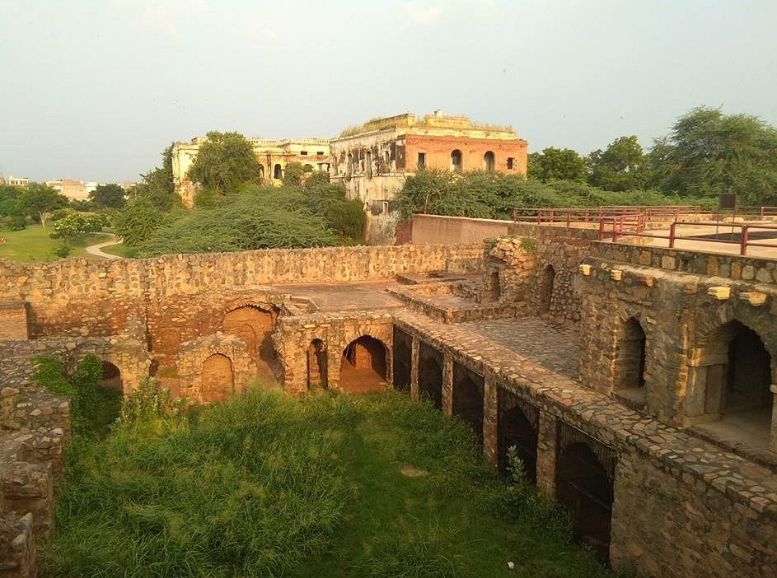

Standing at the heart of the complex, the Firoz Shah Palace embodies the architectural grandeur of the Tughlaq dynasty. Constructed in the 14th century during the reign of Sultan Firoz Shah Tughlaq, the palace boasts intricate craftsmanship, expansive courtyards, and elaborately decorated halls, offering a window into the life of royalty during that period.
Baradari Pavilion:
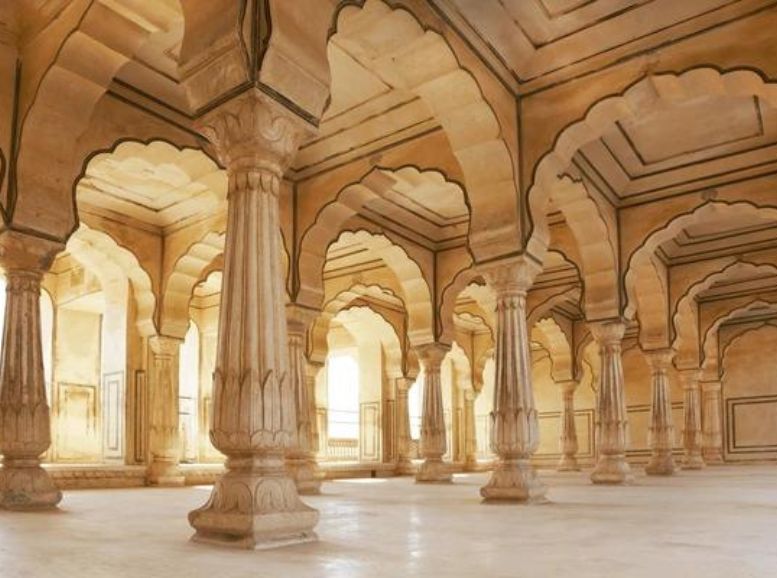

Nestled within the palace grounds, the Baradari Pavilion captivates with its unique design. Twelve arched openings, forming its namesake ‘baradaris,’ frame breathtaking views of the surrounding landscape. Once a venue for royal gatherings and meetings with dignitaries, the pavilion remains a cherished spot for visitors to unwind and savor the atmosphere.
Jahaj Kothi:
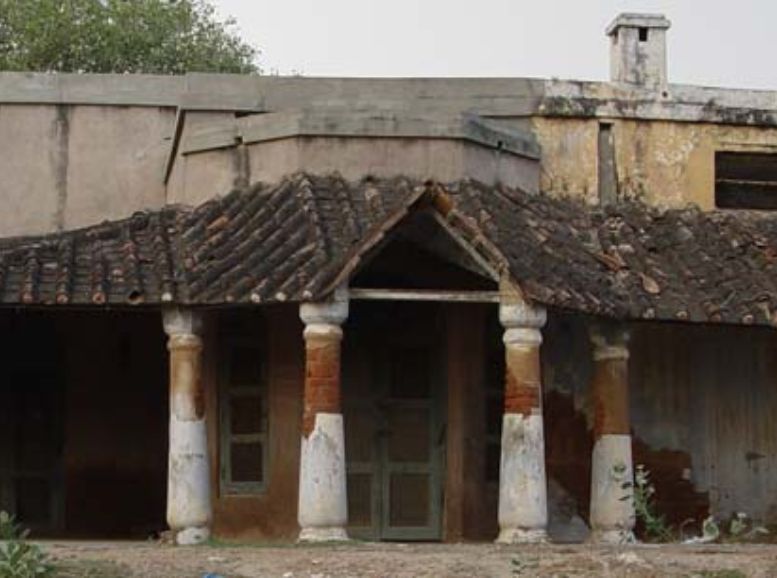

Standing beside the palace complex, Jahaj Kothi stands as a testament to a bygone era. This historic mansion, dating back to the British colonial period, captivates visitors with its distinctive architectural style and richly decorated interiors. A magnet for both history buffs and architecture lovers, Jahaj Kothi offers a glimpse into a different chapter of the site’s rich past.
Archaeological Museum:
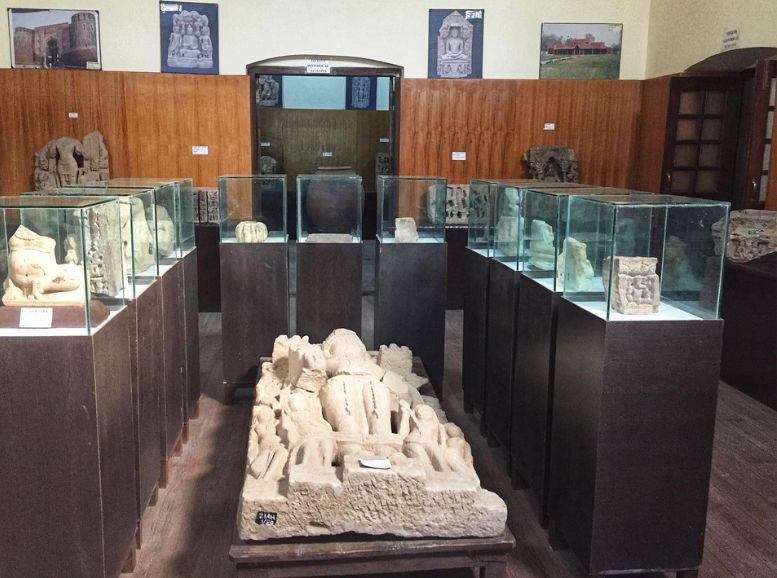

Within the palace walls, the Archaeological Museum unveils a captivating collection of artifacts, sculptures, and relics unearthed from regional digs. These treasures whisper tales of Hissar’s vibrant past and the archaeological significance of the surrounding area. The museum offers a window into the region’s rich cultural heritage, a must-see for any visitor.
Local experiences:
- Cultural Performances: Witness the lively cultural scene of Hissar by attending local music and dance performances. Traditional folk music and dance forms, such as Haryanvi folk songs and dances, showcase the region’s rich cultural traditions. These are often performed at cultural events and festivals.
- Artisan Workshops: Get hands-on experience with traditional crafts by participating in artisan workshops offered by local craftspeople. Learn the art of pottery, weaving, or embroidery from skilled artisans who are eager to share their knowledge and techniques passed down through generations.
- Culinary Exploration: Embark on a delicious adventure by exploring Hissar’s local eateries and street food stalls. Savor the flavors of Haryanvi cuisine by indulging in regional delicacies such as kadhi pakora (a chickpea flour fritter dish in a yogurt sauce), kachri ki sabzi (a savory dish made with lentil dumplings and vegetables), and bajra roti (a flatbread made from pearl millet flour). Each dish bursts with authentic flavors and spices.
- Village Visits: Venture off the beaten path and explore the villages surrounding Hissar. Mingle with local communities, learn about rural life, and gain insights into age-old traditions and customs by participating in village activities such as agricultural work or cooking traditional meals.
Travvel tips:
- Dress comfortably: Hissar can experience hot and humid weather, especially during the summer months (April to June and September to October). Wear lightweight, breathable clothing and comfortable walking shoes to stay cool and comfortable while exploring the palace complex.
- Stay hydrated: Carry a reusable water bottle with you and stay hydrated, especially if visiting the palace complex during the warmer months. Consider bringing snacks or energy bars to keep you fueled throughout your visit.
- Sun protection: Bring sunscreen, sunglasses, and a wide-brimmed hat to protect yourself from the sun’s harsh rays, particularly if you plan to spend extended periods of time outdoors exploring the palace complex and its gardens.
- Respect the culture: When visiting the Firoz Shah Palace Complex, be respectful of local customs and traditions. Dress modestly, especially if entering religious sites within the palace complex, and refrain from any behavior that may be considered disrespectful.
- Keep your belongings safe: While exploring the palace complex, keep your belongings secure at all times. Consider using a crossbody bag or money belt to carry valuables, and be mindful of your surroundings, especially in crowded areas.
- Safety first: Observe any safety guidelines or rules provided by the staff at the palace complex, particularly when climbing stairs or exploring elevated areas. Be cautious when walking on uneven surfaces or near historical structures.
Conclusion
Bidding farewell to the Firoz Shah Palace Complex in Hissar, we depart enthralled by its awe-inspiring architecture and profound historical legacy, a true embodiment of eras long past. As we wandered its corridors and courtyards, we were swept back in time, embraced by the narratives whispered by Hissar’s royal past. The complex extends far beyond its architectural marvels, serving as a portal to the region’s vibrant culture and traditions, from savoring delectable local fare to participating in lively festivals. Leaving this historical treasure, we carry with us not only memories but a newfound appreciation for Hissar’s heritage, enriching our understanding of the stories that weave together our shared history. To embark on a deeper exploration of Hissar’s wonders, visit Xplro.com, your trusted companion for crafting unique tours and experiences.
FAQ
- Q: What is the historical background of the Firoz Shah Palace Complex?
- A: The Firoz Shah Palace Complex, also known as Hisar-e-Firoza, was erected during the rule of Sultan Firoz Shah Tughlaq in the 14th century. It served as a seat of governance and a residence for the royal family during the Tughlaq dynasty’s reign.
- Q: What are the main attractions within the Firoz Shah Palace Complex?
- A: The primary attractions within the palace complex include the Firoz Shah Palace itself, the Baradari Pavilion, Sheesh Mahal (Palace of Mirrors), lush gardens, and courtyards, along with the neighboring Jahaj Kothi.
- Q: How can I reach the Firoz Shah Palace Complex in Hissar?
- A: The palace complex is conveniently accessible by road, rail, and air. Hissar is well-connected to major cities in Haryana and nearby states, with local transportation options available to reach the site.
- Q: What are the operating hours of the Firoz Shah Palace Complex?
- A: The palace complex generally welcomes visitors during daylight hours, but specific timings may vary. It’s advisable to verify the current opening hours before planning your visit.
- Q: Is there an entrance fee to explore the Firoz Shah Palace Complex?
- A: Yes, there may be a nominal admission fee to enter the palace complex. The fee structure often differs for domestic and international visitors and contributes to the maintenance of the historical site.
- Q: Can I participate in guided tours of the Firoz Shah Palace Complex?
- A: Absolutely! Guided tours are commonly available at the palace complex, offering valuable insights into its historical significance, architectural features, and cultural importance. Opting for a guided tour enhances the overall experience.
- Q: Am I permitted to take photographs inside the Firoz Shah Palace Complex?
- A: Yes, visitors are generally allowed to capture photographs for personal use within the palace complex. However, it’s recommended to respect any specific guidelines or restrictions regarding photography.
- Q: Is the Firoz Shah Palace Complex accessible to individuals with mobility issues?
- A: Efforts are made to ensure accessibility within the palace complex, although some areas may have limited access due to historical architecture. Visitors with mobility concerns are encouraged to inquire about accommodations in advance.
- Q: Are restroom facilities available within the Firoz Shah Palace Complex?
- A: Yes, restroom facilities are typically provided within or in close proximity to the palace complex for the convenience of visitors.
- Q: Can I bring outside food or beverages into the Firoz Shah Palace Complex?
- A: Generally, outside food and drinks may not be permitted within the palace complex. However, designated areas or nearby eateries may offer refreshments for visitors.
- Q: Is the Firoz Shah Palace Complex suitable for families with children?
- A: Absolutely! The palace complex caters to visitors of all ages, including families with children. However, parental supervision may be necessary, especially in areas with uneven terrain or delicate structures.
- Q: What safety precautions should I observe while exploring the Firoz Shah Palace Complex?
- A: While visiting the palace complex, it’s advisable to adhere to safety guidelines, such as refraining from climbing on fragile structures, staying within designated areas, and keeping personal belongings secure at all times.
